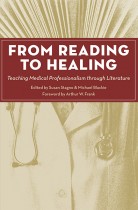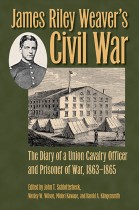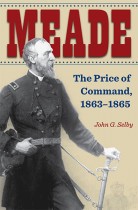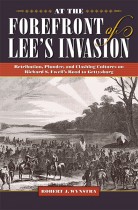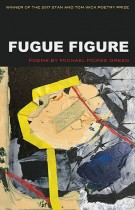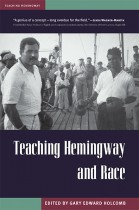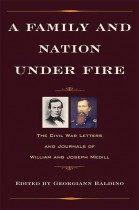Classic Bengals
Steve Watkins and Dick Maloney | Filed under: Black Squirrel Books, Classic Sports, Regional Interest, Sports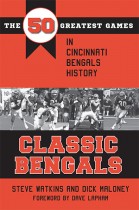
In Classic Bengals, authors Steve Watkins and Dick Maloney tell the stories of the 50 greatest games in Bengals history — along with the stories behind the games. Their choices are sure to spark much interest, and argument, among the legions of loyal Bengals fans.
They set the stage for each game, detail the big plays, stunning comebacks, and fantastic finishes and paint a picture that makes fans feel as though they’re at the game. They include comments from players and coaches while also listing the scoring details and statistics of each game.

